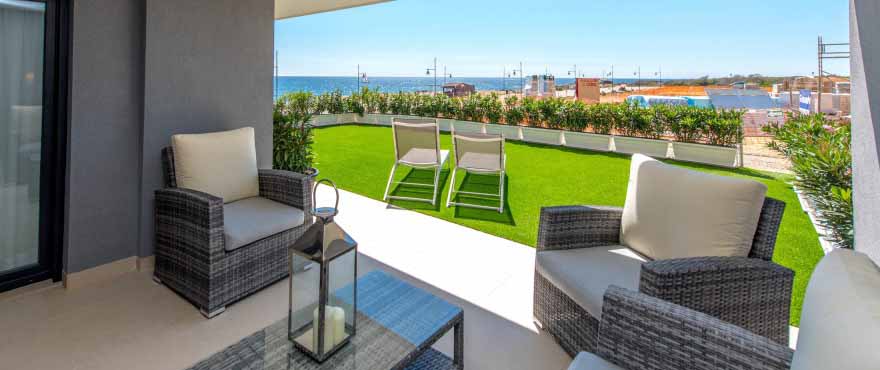Spanish property prices are on the road to recovery with an analysis of the main national indices showing values and sales continuing to rise.

Data from the latest index from appraisal company Tinsa shows that valuations by the company increased by 4.5% in December 2017 year on year. Prices in the big cities were up 7.5%, along the Mediterranean coast up by 5.7% and up by 3.8% in the Balearic and Canary Islands.
Looking at the data over a number of years, the figures show how Spanish property prices crashed over seven years from 2008 to 2014, bottomed out in 2015 and 2016, then started growing across the board in 2017.
Asking prices increased by 5.9% in January, according to the data from Idealista, the highest level since the market started recovering. Mark Stucklin of Spanish Property Insight, who analysed the indices, pointed out that it is the first year in a decade in which house prices increased in all the main areas of the country.
Figures published by the Spanish Notaires Association show that sales increased by 4.5% in December, and prices by 1.8%.
Land Registry data published by the National Institute of Statistics show that sales increased by 16% in 2017, the fourth and biggest consecutive year of growth. The figures also show that sales were up 8% in December, the highest monthly growth since December 2008.
Sales growth was highest in Granada with a rise of 27% year on year, followed by an increase of 22% in Madrid, 21% in Asturias, 19% in Valencia, 15% in Malaga and 10% in Murcia.
‘2017 was a positive year for the Spanish property market in terms of sales, with the market driven by economic growth at home, rising employment, tourism, mortgage lending and foreign demand,’ said Stucklin.
‘Brexit and the Catalan constitutional crisis were not enough to derail the recovery last year, though growth would have been undoubtedly higher without them,’ he added.
Meanwhile, international ratings agency Standard & Poor’s is predicting continued growth in the Spanish property market with sales being driven by solid economic growth but also points out that the constitutional crisis in Catalonia could lead to a recession in its regional housing market.
The S&P report shows that prices increased by 4% in 2017 and are forecast to rise by 3.5% next year, and by 3% in 2019 and 2020. Sales are forecast to rise by 8%.
It also says that purchases by foreigners remained significant at around 17% of the total, from 10% on average for 2006 to 2013. British people remained the main foreign buyers but their purchases declined during 2017.
‘Economic growth should remain strong this year and next but political uncertainties could have a more negative impact on business and consumer sentiment. The main risk is the impact of the Catalan crisis in the region, Spain’s largest regional economic hub, and on the country as whole,’ the report explained.
‘Barcelona has seen some of the highest property prices rises since the beginning of the recovery, but recent evidence suggests that 2018 could see Catalonia’s housing market experience a downturn,’ it points out.
‘By contrast, we expect transactions in the country as a whole to grow about 8% in 2018. Second hand house prices will continue to rise, albeit less rapidly than in the past two years, especially since real disposable income growth slows markedly on the back of flat nominal wages,’ it adds.

